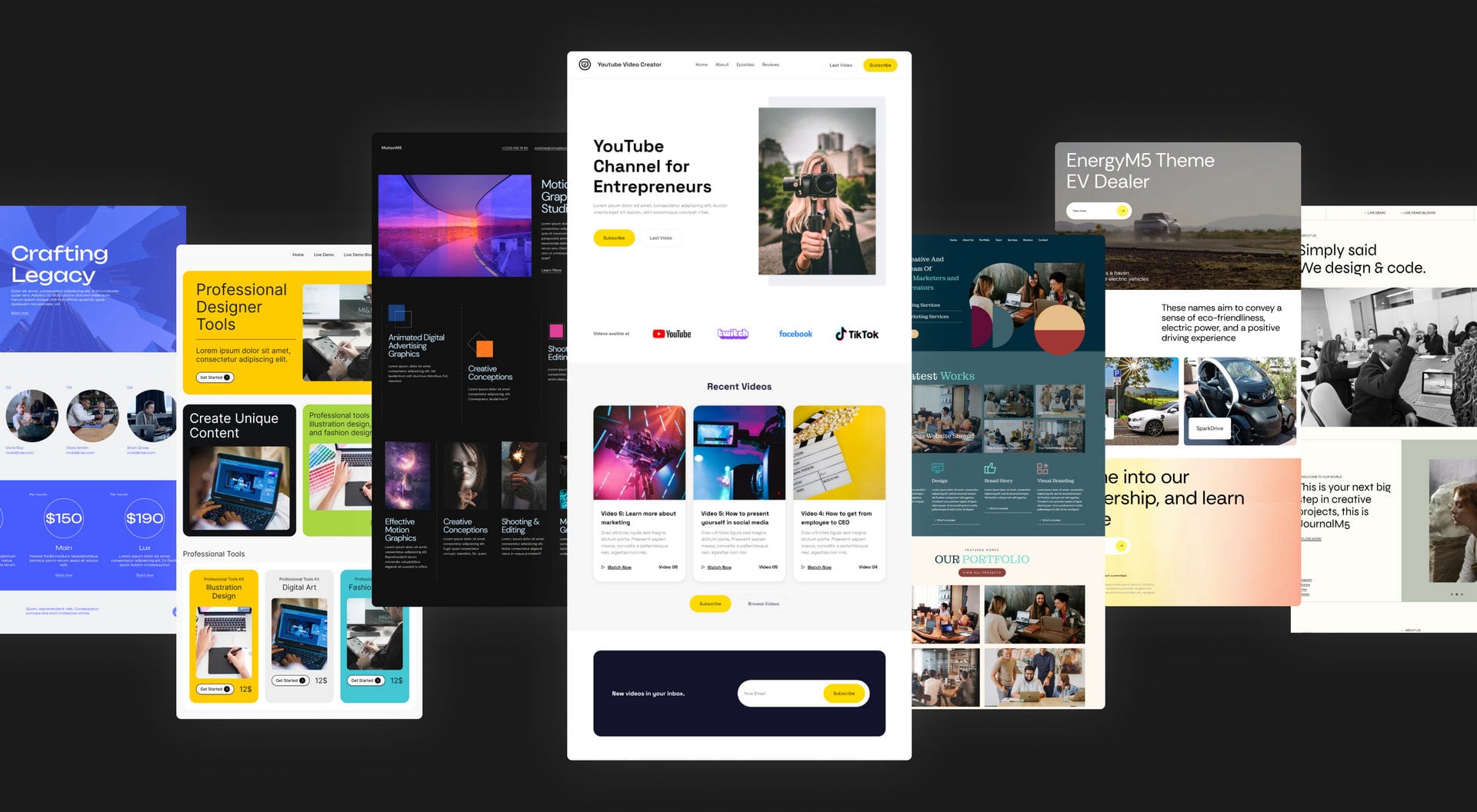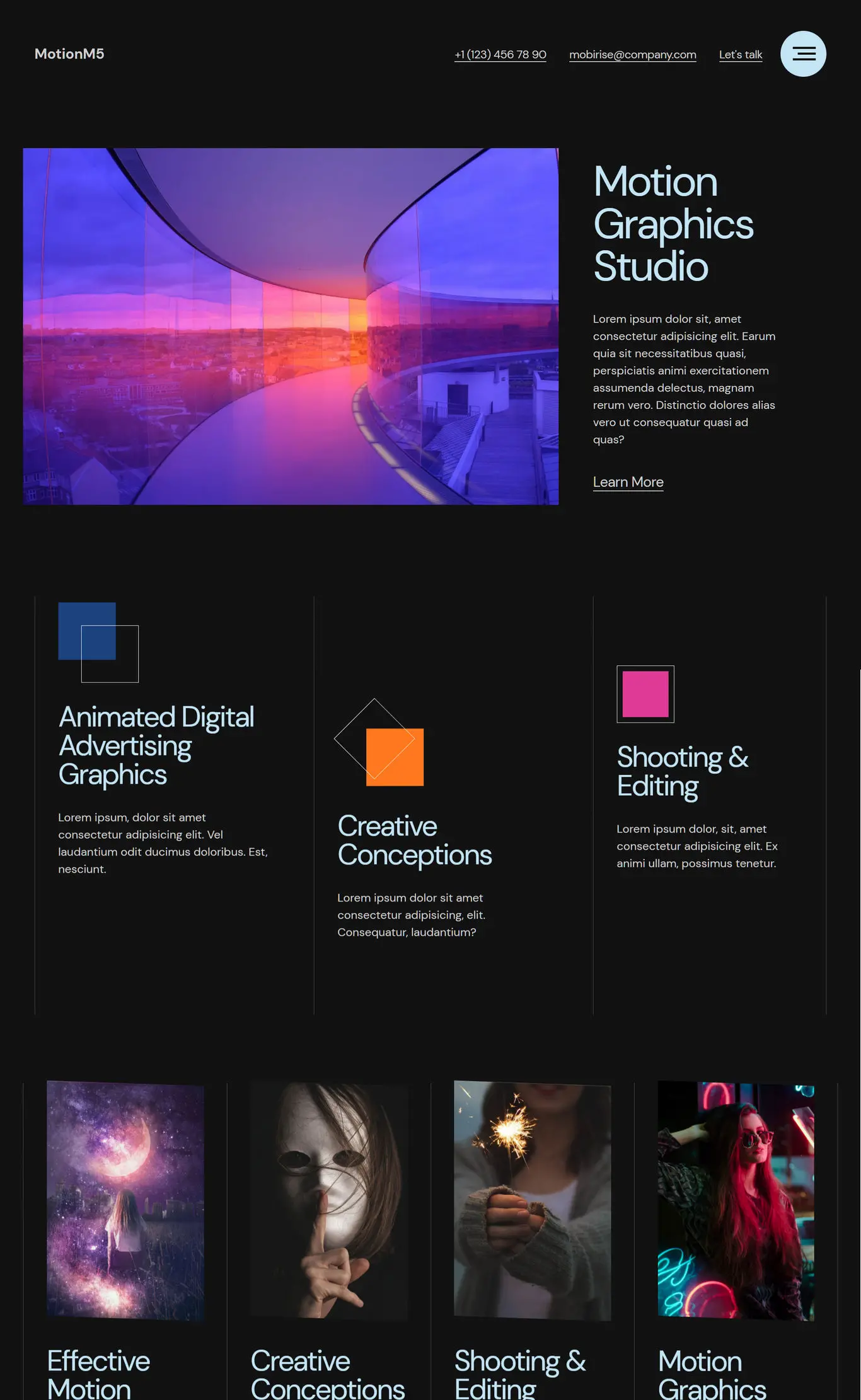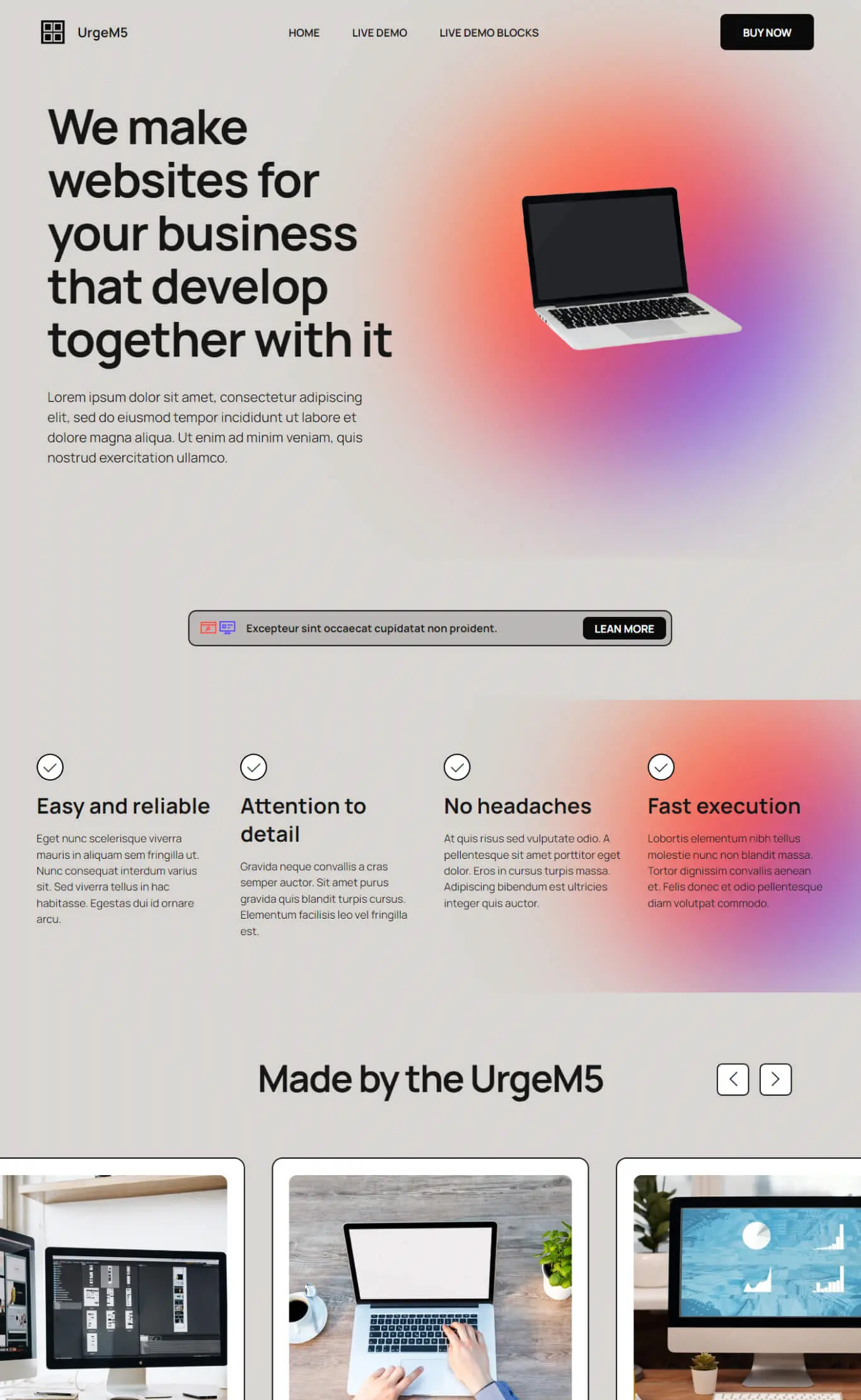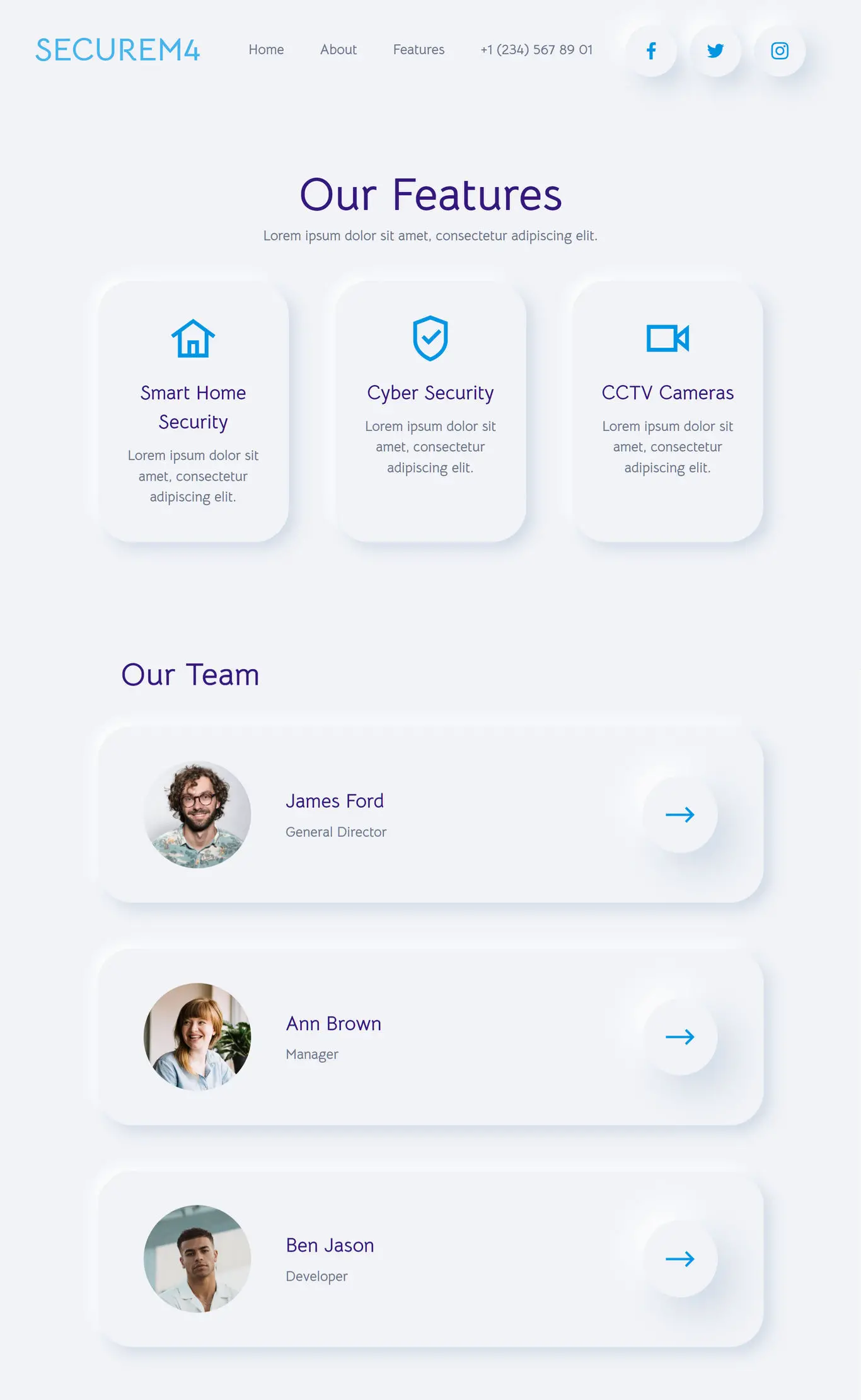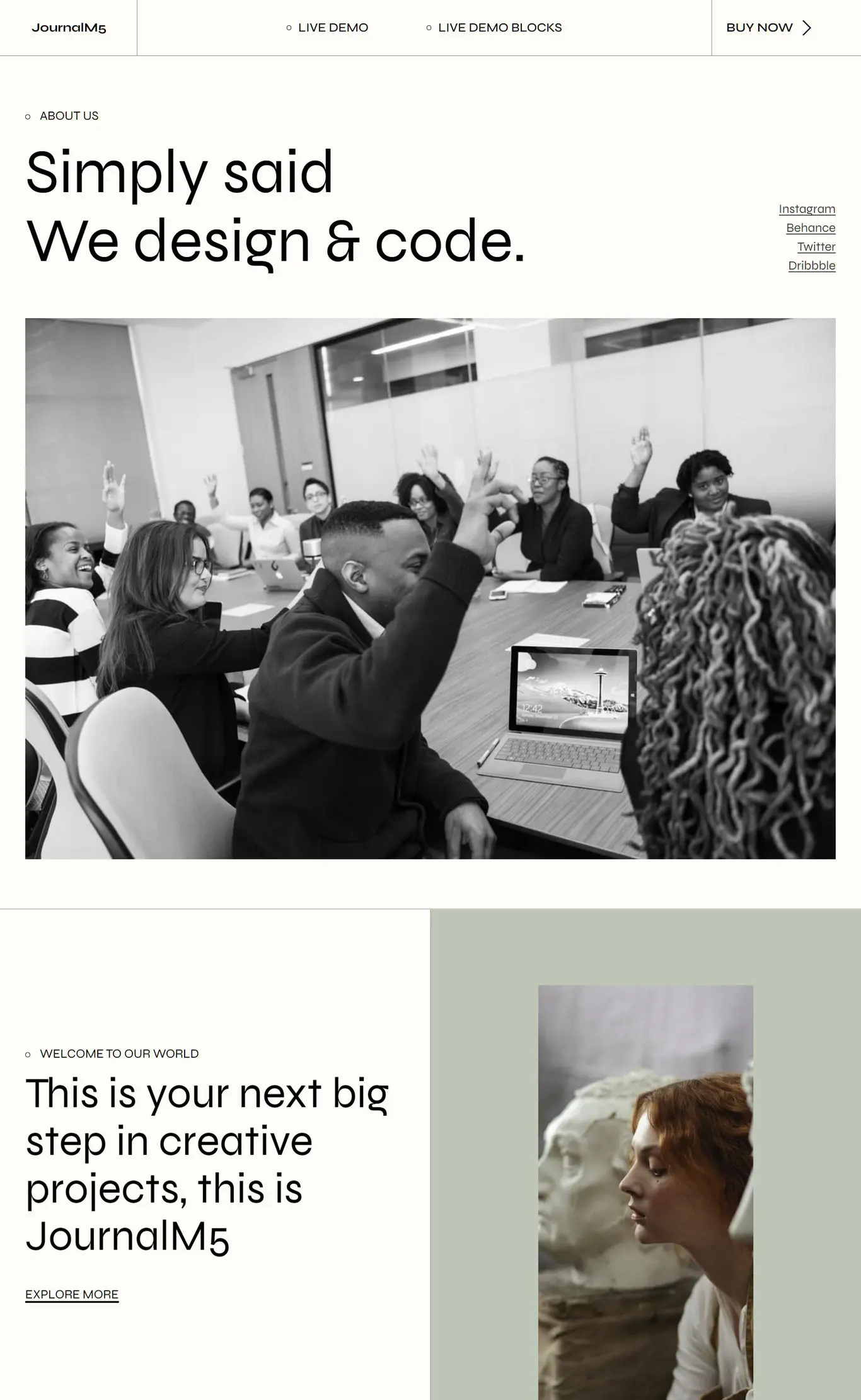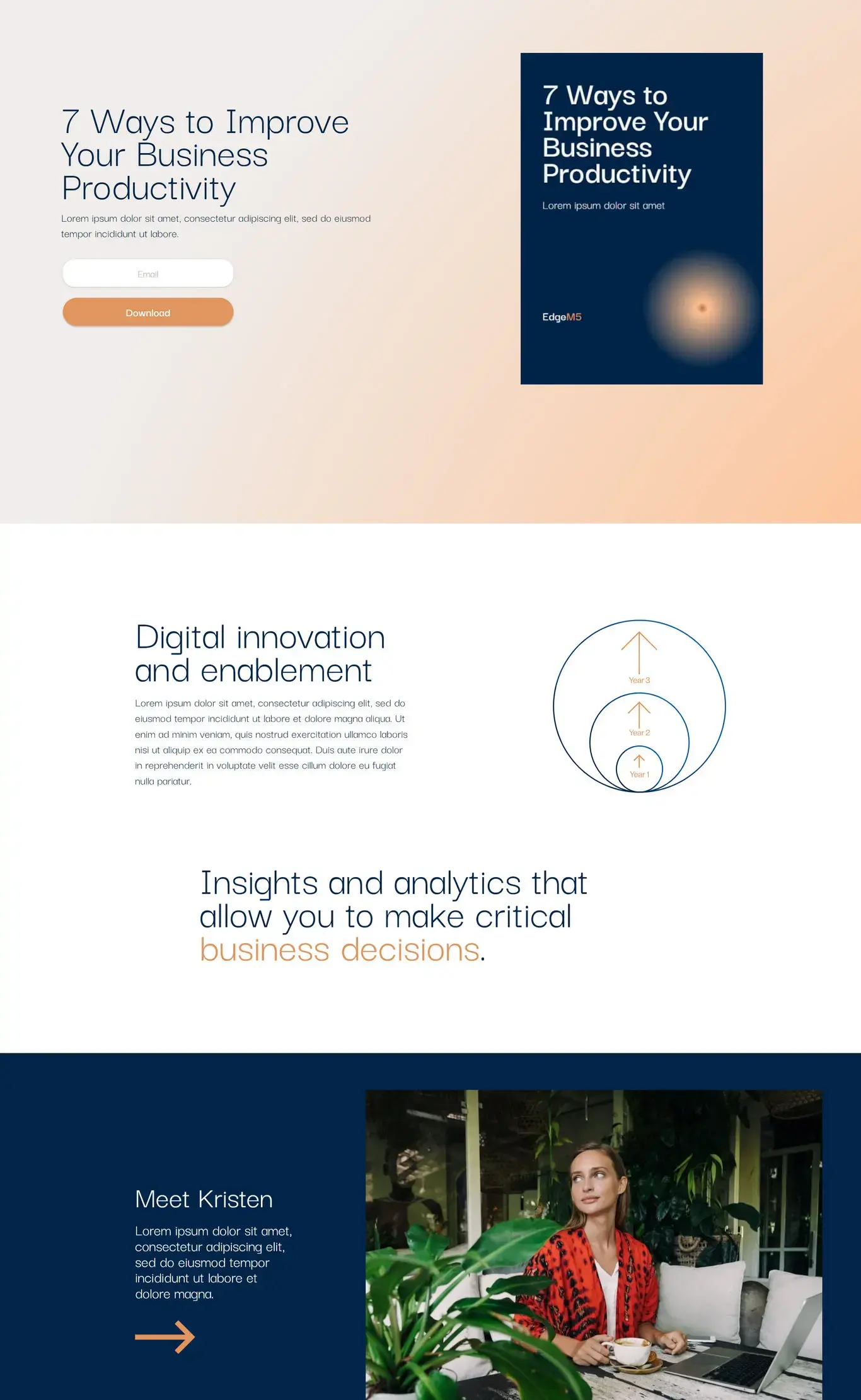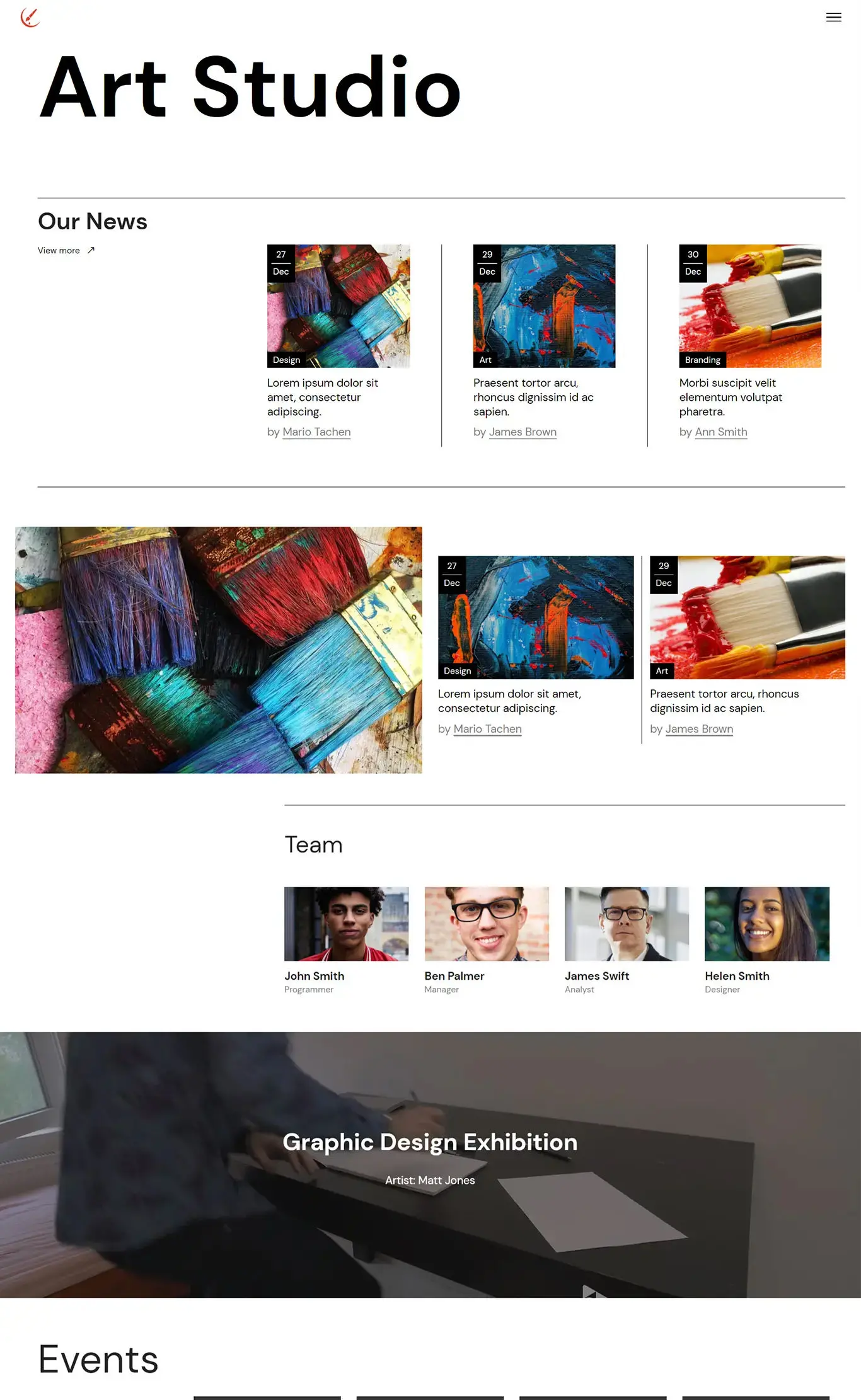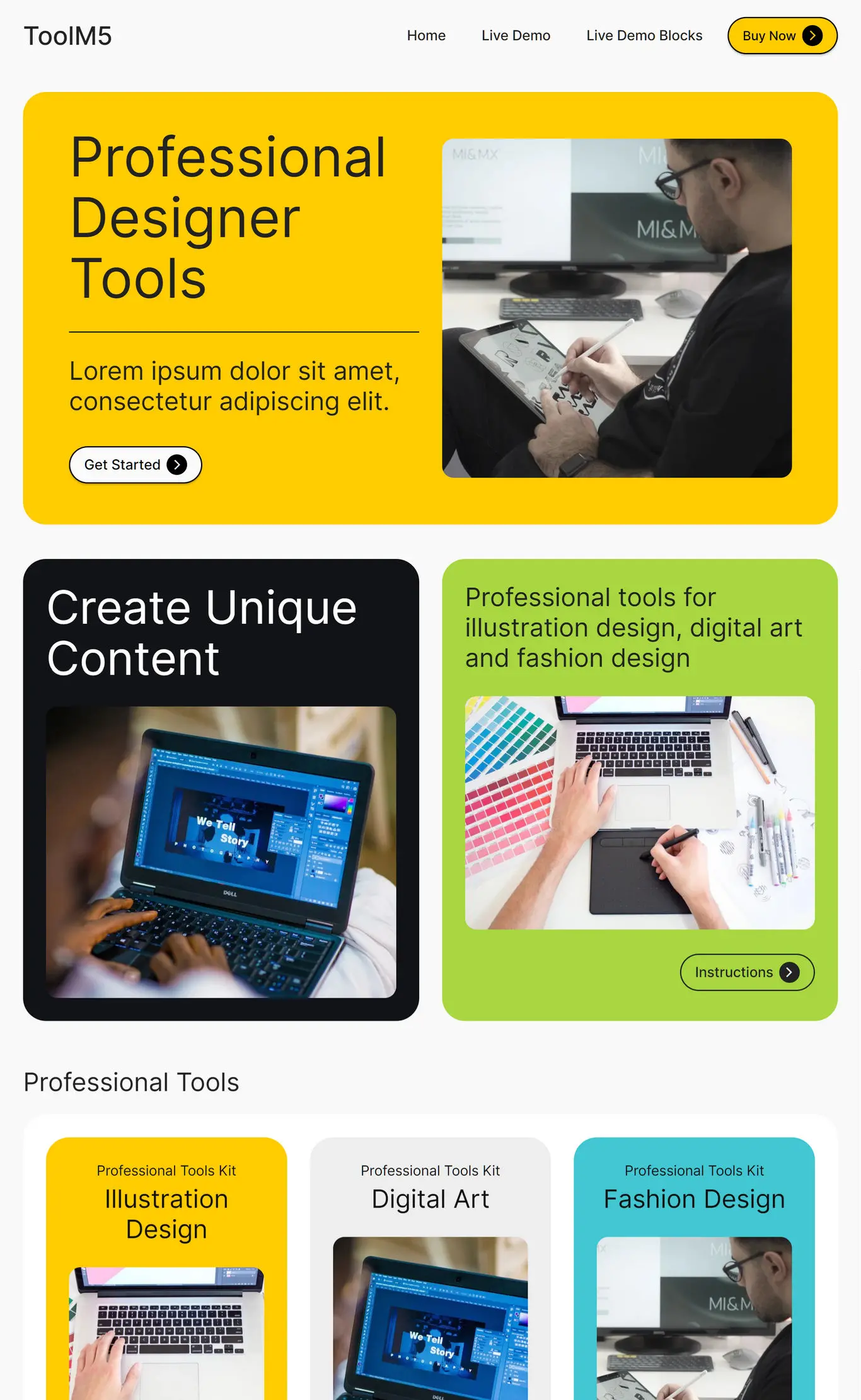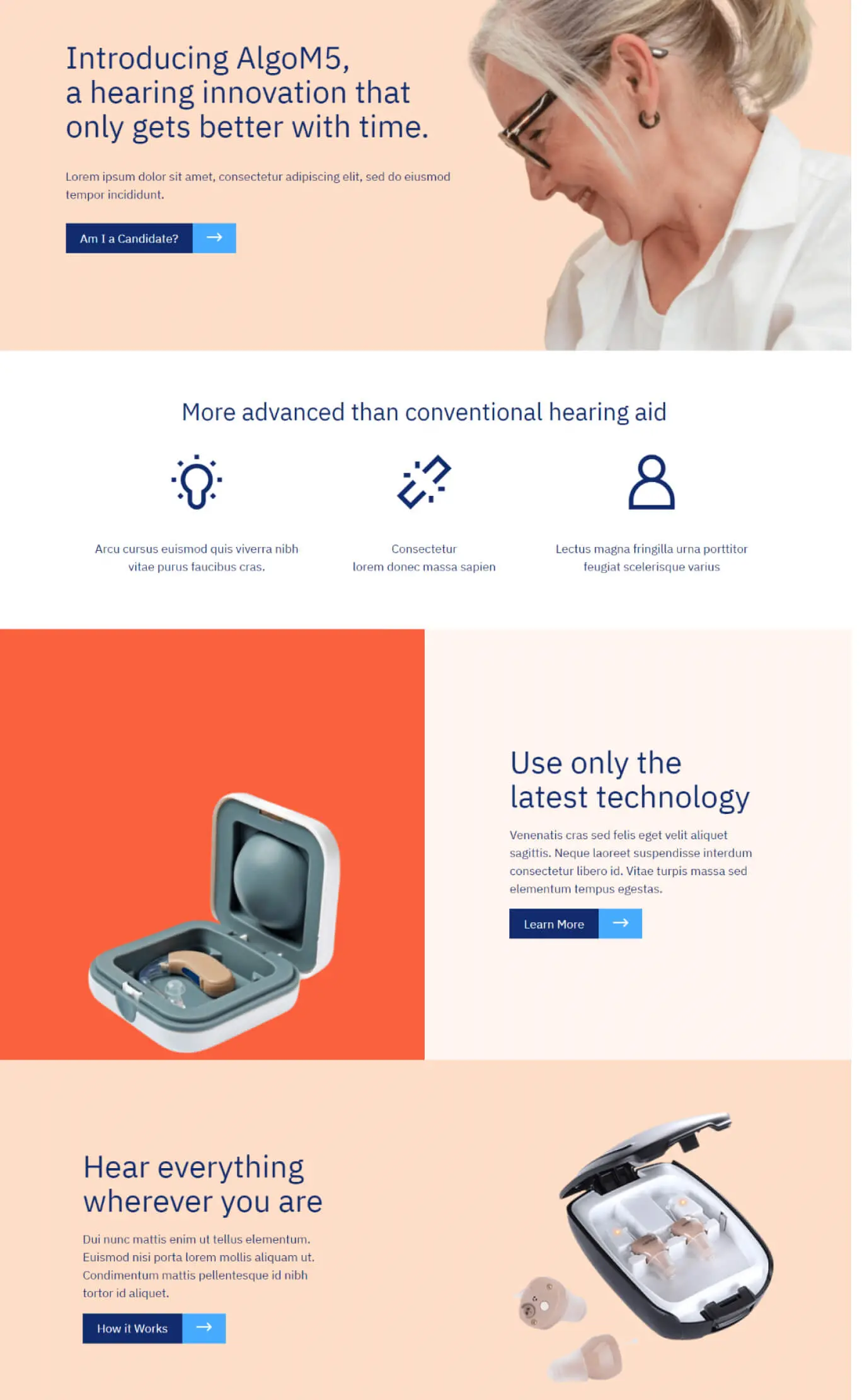AI for Website Wireframes: Speed and Precision
Artificial intelligence significantly aids website architectural planning. It swiftly produces visual frameworks, assisting creators in forming initial structural schematics. This technology accelerates the ideation phase, offering rapid, data-driven design outlines. Design teams achieve greater speed visualizing user interface arrangement and content positioning. AI systems supply accurate, adaptable wireframe models, establishing a solid basis for digital product construction. It markedly improves the preparatory steps for new web endeavors.
